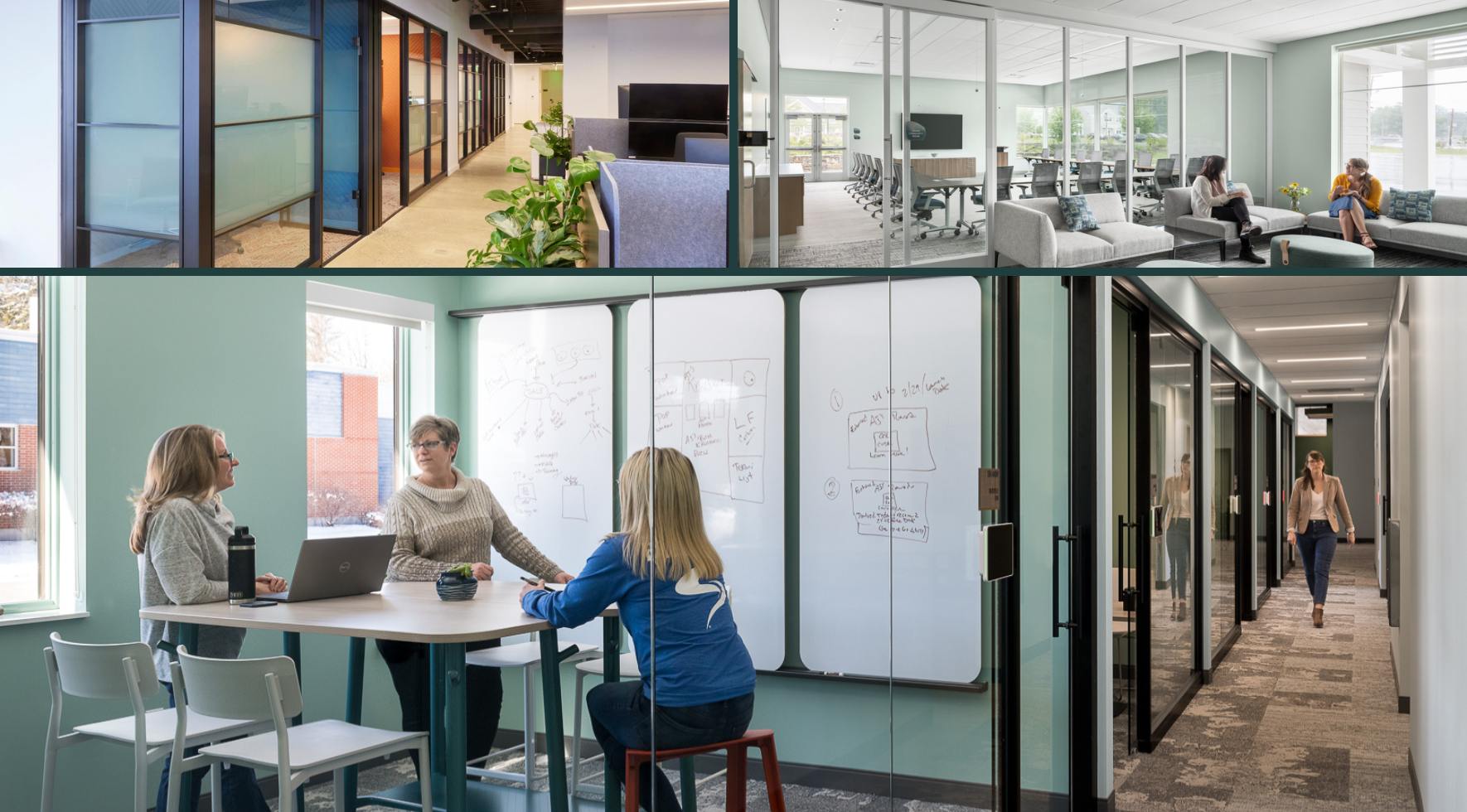Do you practice good technology hygiene? You might be more vigilant and wary in the office, but for many, it’s a different story when working from home.
We’ve outlined technology best practices to follow that will not only make your life easier when working remote, but also make your IT department happy.
Use one unified platform
Many organizations use one or more platforms that they are standardized on and have provided training for their employees. There are several benefits to using a streamlined ecosystem to create an immersive experience and increase productivity. Office 365, for example, has integrated messaging, calling, file sharing/collaborating, and web conferencing, allowing people to work efficiently across teams and stay connected wherever they are, on any device.
Avoid shadow IT
However, some employees go rogue and don’t adhere to the platform supported by their organization’s IT department and instead use hardware, software, and applications outside of the enterprise standards. Another term for this behavior is commonly referred to as shadow IT, and you might be guilty of doing this without even realizing it.
So, if your organization is standardized on Office 365, you should be using its breadth of capabilities such as Outlook, OneDrive, Word, Excel, SharePoint, Microsoft Teams, etc. Both security and compliance risks increase when unsupported hardware, software, and applications are introduced because those are not subject to the same security measures. If you’re storing corporate data on your personal DropBox account instead of SharePoint, you’re increasing risk to your organization’s data security.
Stay secure
Now is the time for employees to also be on the lookout for increased malware, phishing or ransom attacks. According to recent Zscaler research, the security firm has seen a 15% to 20% increase each month since January in hacking incidents and an increase in hacking threats that use terms like “coronavirus” or “COVID-19” that trick users into handing over sensitive information or installing malicious software. Software updates are critical because they often include patches to security holes which can prevent hackers from taking advantage of undiscovered vulnerabilities.
It’s also important to create a secure virtual meeting environment by ensuring screen sharing is only possible for the host, by refraining from sharing meeting details across social media, and by managing participants who join the meeting. Make sure privacy settings in general are as tight as they can be.
Educate yourself
If your organization is standardized on a platform, like G-suite (Gmail, Docs, Sheets, Forms) for example, it’s best practice to learn how to use Hangouts Meet for web conferencing rather than introduce another software program. Larger organizations might provide training on their standardized platform, but we all should take ownership in learning technologies to perform our jobs. The more you learn how to use the technology applications, the more comfortable and adept you will become. This is the time to invest in your professional development and stay connected.






